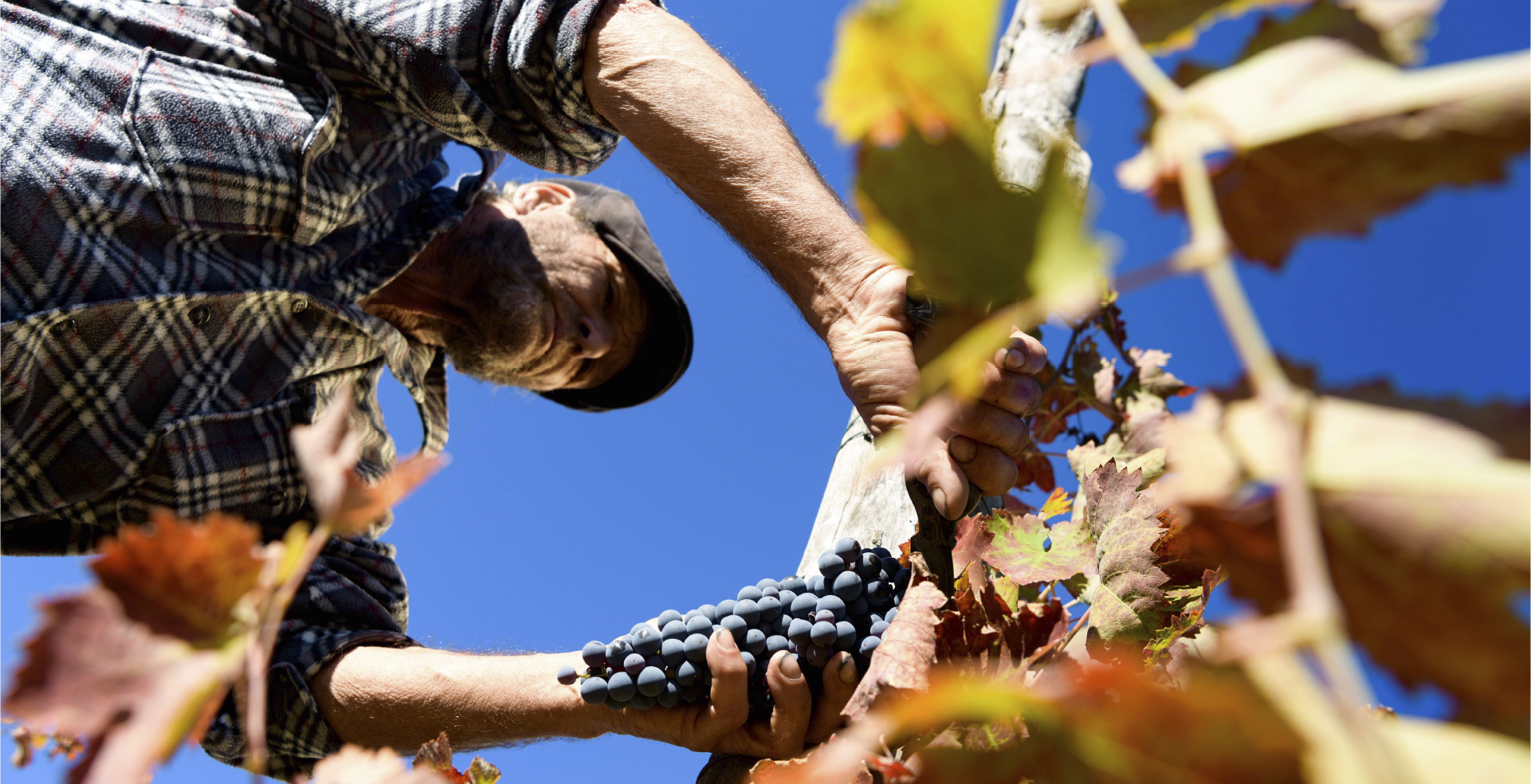This extreme lithological complexity is reflected in an equally complex elevation pattern. In the outcrop areas of the more lithoid deposits (conglomerates, sandstones, marly limestones), the declivities are relatively higher, and the slopes are dissected by the hydrographic reticulum. Conversely, where clayey-marly-silty deposits prevail, slopes are undulating, irregular, gently inclined, and with significant geomorphological evidence of water and mass erosion (landslides). The prevailing soils are Calcisols (Haplic Calcisols), deep, marly, moderately fine-textured; Cambisols (Calcaric Cambisols), moderately deep, moderately fine-textured; Andosols (Vitric Andosols), deep, on ash fall deposits, moderately coarse-textured. The presence of Cambisols (Calcari-Vitric Cambisols) and Luvisols (Cutani-Vitric Luvisols), deep, on calcareous marls, mixed with ash and fall ash pumices, with a fine to moderately fine texture, is less frequent. The slopes of the areas under vines vary, predominantly (72% of the territory), from moderate (6-13%), strong (13-20%), and very strong (20-35%); a portion of the territory (11%) is characterised by gentle slopes (2-5%). Exposures are predominantly (77% of the territory) concentrated in the north-west and south-east. The bioclimate of the vineyard area, classified using Winkler Index, ranging between 1550 and 2152, with an average of 1958, is particularly well suited to the production of fine wines. A significant impact on the quality of the grapes and the resulting wines is exerted by the summer temperature ranges that characterise the hilly area where Taurasi is produced.
TAURASI
TERROIR
Taurasi DOCG production area covers a total of 245 km2.
It includes the territory of the municipalities of Taurasi, Bonito, Castelfranci, Castelvetere sul Calore, Fontanarosa, Lapio, Luogosano, Mirabella Eclano, Montefalcione, Montemarano, Montemiletto, Paternopoli, Pietradefusi, Sant'Angelo all’Esca, San Mango sul Calore, Torre le Nocelle and Venticano.
The climate, harsh in winter, with frequent snowfall, and mild in summer, is characterised by strong temperature fluctuations during the summer months.
The average annual rainfall ranges between 900 and 1100 mm and is mainly concentrated in autumn and winter.
The dominant landscape is characterised by an elevation range that goes from low (179 - 300 m a. s. l.) to medium (300 - 500 m a. s. l.) and high (500 - 700 m a. s. l.), which, respectively, represents 15%, 55% and 18% of the entire Taurasi DOCG area.
The geological substratum is characterised by a considerable heterogeneity. However, predominantly siliciclastic terrigenous deposits (sandstones, conglomerates, clays) prevail, while calcareous-marly deposits are found mainly in the north-western sector. In the north-eastern sector, the substrate is exclusively conglomeratic.
WINEMAKING
Aglianico grapes used for producing Taurasi ripen late, the harvesting takes place between the second half of October and the first half of November. It is a very delicate variety, with a thin skin subject to climate adversities and rich in tannins. Because of these characteristics, the vinification process requires particular care, in terms of maceration and wooden barrels used for its ageing.
Taurasi DOCG wine is a red wine which requires a long ageing period, necessary to balance the acidity and tannic richness, and, therefore, it is characterised by different nuances.
Types of Taurasi::
• Taurasi DOCG
which requires a minimum ageing period of 3 years, of which minimum 12 months in wooden barrels;
• Taurasi DOCG “riserva”
which requires a minimum ageing period of 4 years, of which minimum 18 months in wooden barrels.
PAIRINGS

The austere Taurasi, one of the world’s greatest red wines, is a product of excellence, the result of a perfect balance between Aglianico grape variety, which in Irpinia expresses itself at the highest levels, thanks to the climate, the soil and, above all, to the human intervention. A wine that requires decades in wooden barrels for ageing and achieving its perfect tannin texture, balance, and harmony. The true colour of Taurasi can only be seen after years, when ageing gives this wine enchanting garnet hues and, only after a very long time, and not always, even orange nuances.
Its bouquet is ample, rich in aromas of red and black fruit jam, liquorice, tobacco, and spices, more or less sweet. The gustatory and taste-olfactory journey is a sequence of emotions: tasty, invigorating, textural and above all endowed with a very long persistence.
As to tannin-softness pairing, refinement plays a fundamental role. It can be paired with strong and persistent flavours, dishes such as red meats, especially game meat − hare, wild boar or the less savage lamb and kid goats − grilled, braised, larded or sweet and sour. As to cheese, the perfect choice is very mature cheese, and why not, chocolate.
Description by Annito Abate, Delegate of AIS Avellino"



